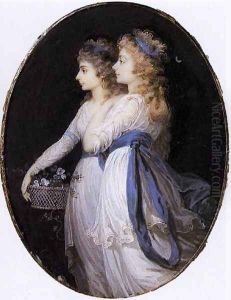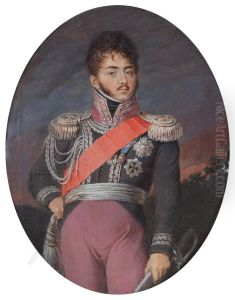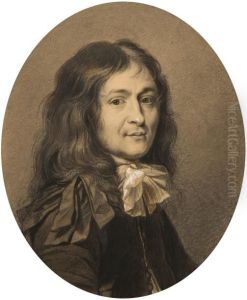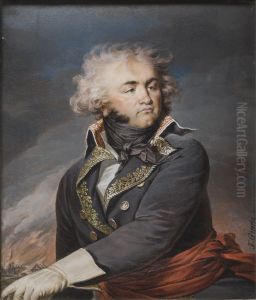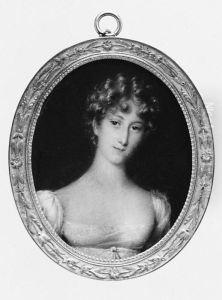Jean-Urbain Guerin Paintings
Jean-Urbain Guérin was a French painter and miniaturist noted for his portraits during the late 18th and early 19th centuries. Born on January 1, 1760, in Strasbourg, France, Guérin showed an early talent for art and pursued his passion for painting from a young age.
He initially trained under his father, who was also a painter, before moving to Paris to advance his studies. There, Guérin became a pupil of the renowned painter Jean-Baptiste Regnault. During this period, he developed his skills and began to establish a reputation for his delicate miniature portraits, which were highly valued at the time for personal keepsakes and as a means to capture the likeness of loved ones.
Guérin's career flourished during the tumultuous years of the French Revolution and the rise of Napoleon. His ability to adapt to the changing political landscape allowed him to maintain a steady stream of patrons. He was appreciated for his attention to detail, use of color, and the lifelike quality of his miniatures. Guérin exhibited his work at the Paris Salon, the official art exhibition of the Académie des Beaux-Arts in Paris, which further elevated his status as a prominent artist.
Despite the political upheavals of the time, Guérin managed to navigate through different regimes and retain his clientele. He was commissioned by members of the royalty, the aristocracy, and the emerging bourgeoisie who desired to have their likenesses captured by his skilled hand. His works are characterized by a refined elegance and a clear, precise technique that mirrored the aesthetic values of the era.
Jean-Urbain Guérin continued to work and contribute to the arts until his death on February 15, 1836, in Paris. Today, his miniatures are part of several museum collections around the world, including the Musée du Louvre in Paris, and they continue to be studied and admired for their historical value and artistic merit.
